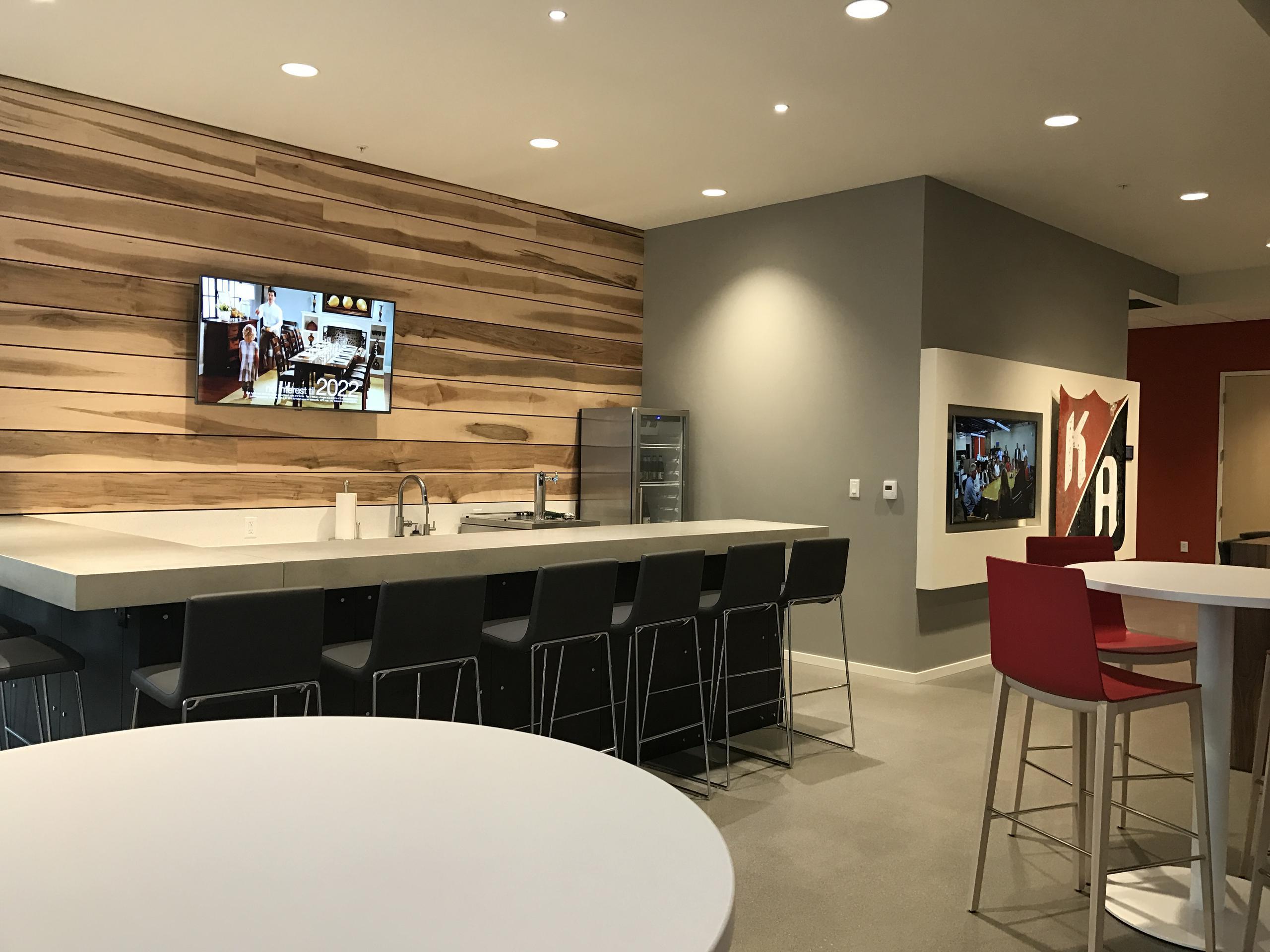Optimal Strategies for Placing Security CCTV to Enhance Surveillance Efficacy
Optimal Strategies for Placing Security CCTV to Enhance Surveillance Efficacy
Blog Article

Positioning surveillance cameras effectively efficiently remains crucial for improving surveillance in different environments, including homes, commercial properties, as well as public areas. The main objective of surveillance cameras is to deter criminal activity and offering evidence during case of incidents. To achieve this, it becomes essential to consider several factors, such as surveillance camera placement, range of view, as well as the specific zones that require oversight. By understanding these factors, individuals and organizations can develop a comprehensive monitoring strategy that optimizes the effectiveness of their security systems.
One of the initial steps in placing security cameras is to determine critical locations that need monitoring. Vulnerable zones, including entrances, exit points, parking areas, and locations with valuable assets, should be given priority. It is important to take into account blind spots, that may be areas that might not be visible from specific angles. By charting out these critical areas, surveillance personnel can ensure that all corner remains monitored, reducing the likelihood of criminal actions going unnoticed. Additionally, placing surveillance systems at strategic locations can help form a complete view of the property, allowing for better total security monitoring.
The field of a security system is another crucial factor to take into account. Different types of surveillance systems provide varying ranges of view, which can influence how much space gets recorded in the footage. For example, wide-angle systems can cover bigger areas, making them perfect for spacious areas, whereas pan-tilt-zoom systems can be modified to concentrate on particular features. When positioning surveillance systems, it becomes important to select the appropriate kind based on the area being observed. This ensures that the camera can record clear footage and offer important information in the event of an occurrence.
Height and angle of installation also have a significant role in the efficacy of surveillance cameras. Cameras must be mounted at a level that remains out of grasp of possible tampering but still enables for unobstructed visibility of identifying features and other identifying features. A typical suggestion is mount systems at least eight to ten feet off the floor. Additionally, the angle at read this article which the camera remains set can impact its ability to capture important information. Surveillance systems should be angled to minimize reflection and avoid obstructions, ensuring that they can capture sharp footage at all times.
In conclusion, routine maintenance and updates to the security system is crucial for long-term effectiveness. This entails inspecting system performance, wiping lenses, and ensuring that firmware remains up to date. Regular assessments of the monitoring plan can assist detect any new areas not visible or locations that may require additional monitoring. By remaining proactive and making required changes, individuals as well as entities can enhance their monitoring efficacy and ensure that their surveillance solutions continue to serve their intended purpose.